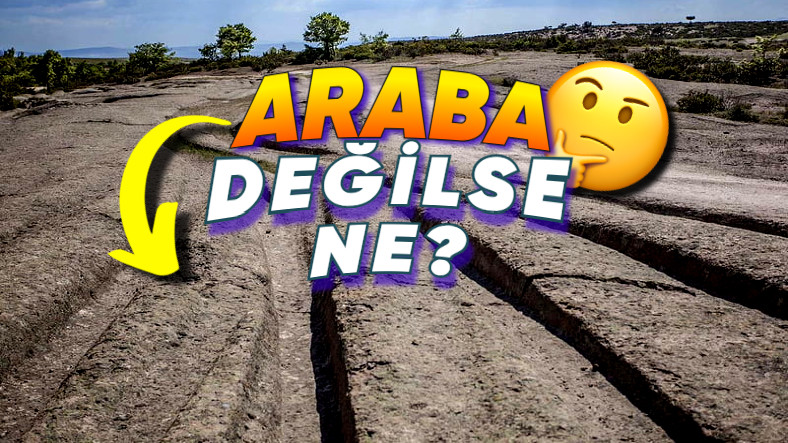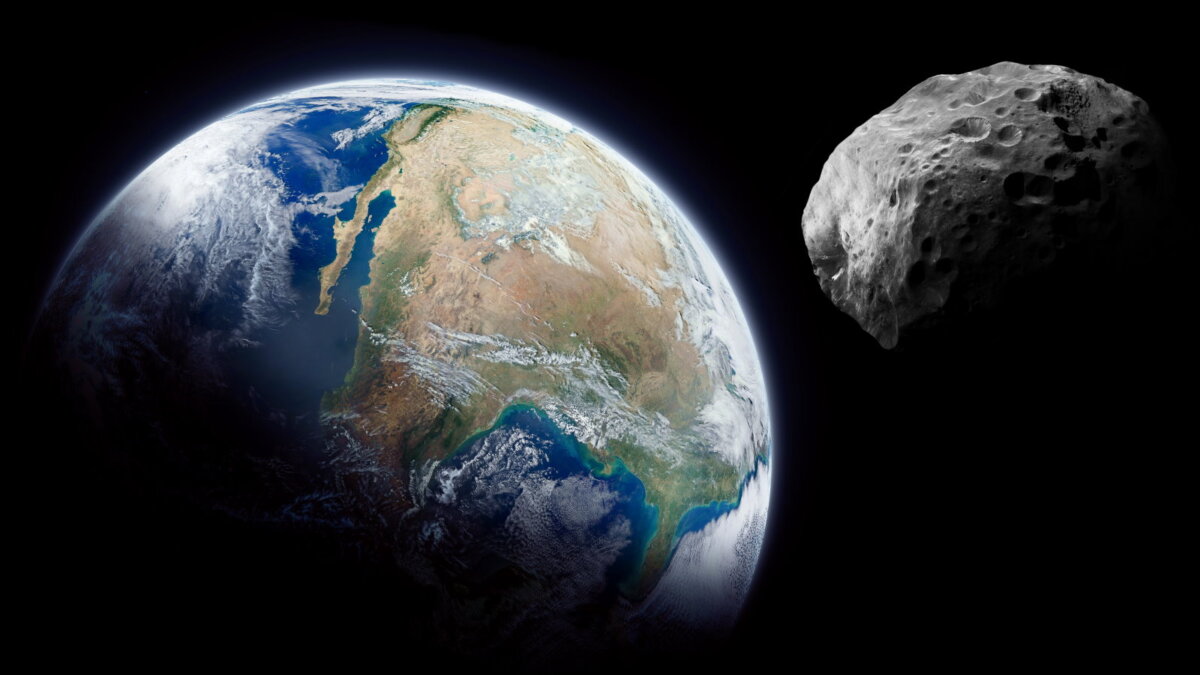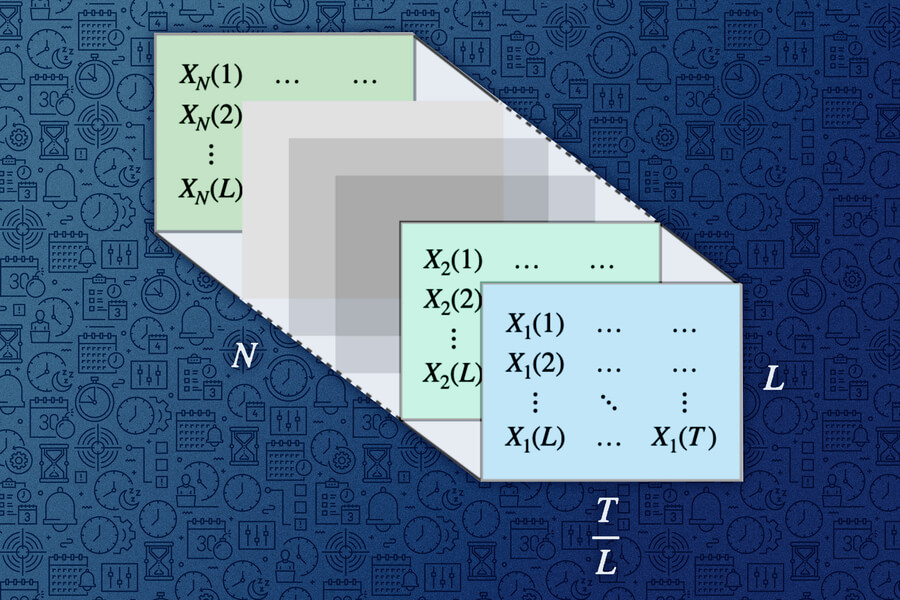Detail
In the late 1700s, the amount of carbon dioxide in the atmosphere was around 0.028%. Since then, humanity has increased this figure by about half. The increase in the volume of greenhouse gases has caused the planet’s temperature to increase by 1.2 degrees Celsius compared to the pre-industrial period. Human activity has had a very unusual impact on Earth’s weather, the authors say.
If emissions continue to rise, levels could reach 0.06-0.08% by 2100; This corresponds to levels during the Eocene period, 30-40 million years ago, before glaciers formed in Antarctica. At that time, the planet’s flora and fauna were very different from today’s; For example, there were giant insects. Also, sea level was much higher.
The research was conducted by 80 scientists from 16 countries for 7 years. They did not collect new data, but reviewed, synthesized, and classified information from other studies based on reliability. They then put everything together in a new timeline. It is noteworthy that scientists do not rely on the study of air bubbles in ice cores, as was often done to understand the composition of the atmosphere 100 thousand years ago. Paleontologists have looked at the chemical composition of ancient leaves, minerals, and plankton to indirectly learn about the composition of the atmosphere in the past..
- Researchers have confirmed that the hottest period in the last 66 million years was around 50 million years ago, when CO2 levels dropped.2 It reached 0.16%, and the average temperature of the planet was 12 degrees higher than now.
- The level of carbon dioxide we have today was typical of the period 14-16 million years ago.
- Climate experts recommend doubling current CO levels2 It will cause the temperature of the planet to increase by 5-8 degrees, but this will happen over hundreds of thousands of years.
But scientists are urging policymakers and the public to think about what can be done to change the current situation to avoid extreme climate scenarios, even if they affect not current residents but their distant descendants.
Source: 24 Tv
I’m Maurice Knox, a professional news writer with a focus on science. I work for Div Bracket. My articles cover everything from the latest scientific breakthroughs to advances in technology and medicine. I have a passion for understanding the world around us and helping people stay informed about important developments in science and beyond.













